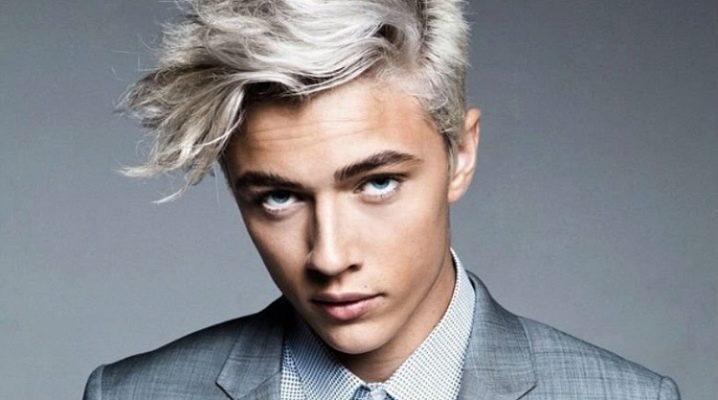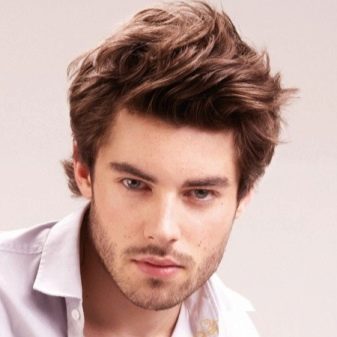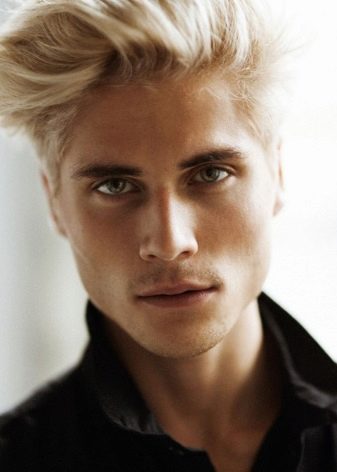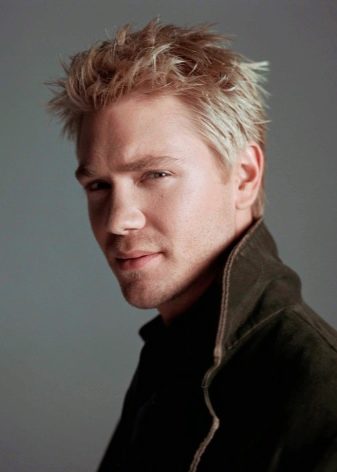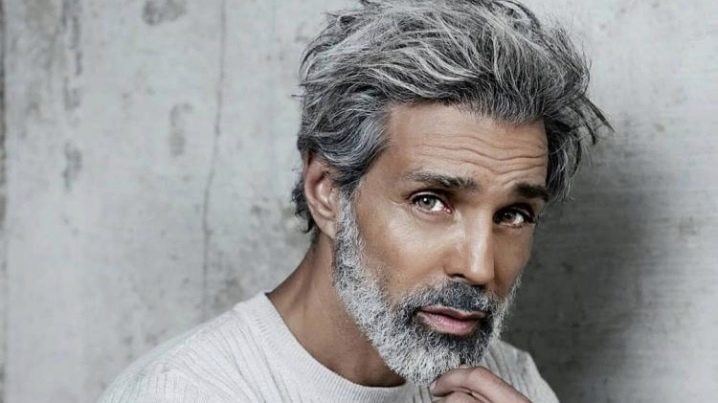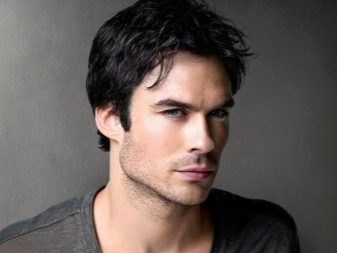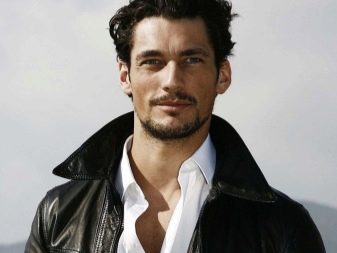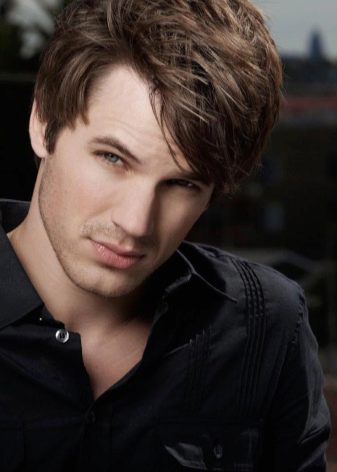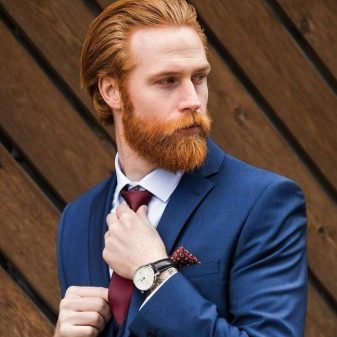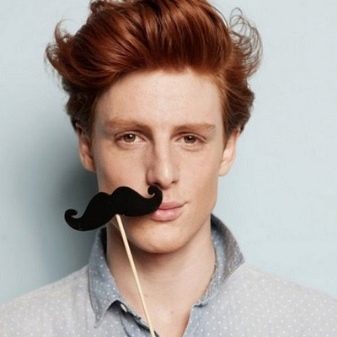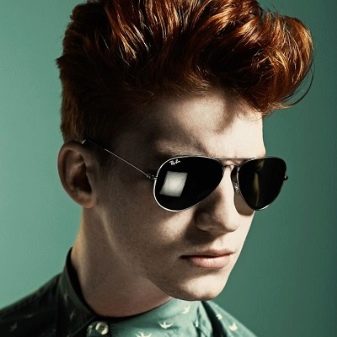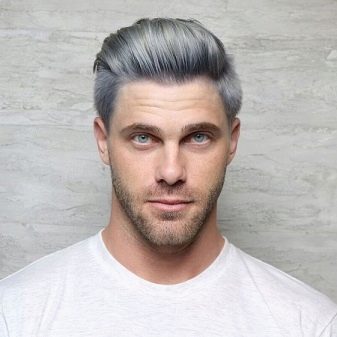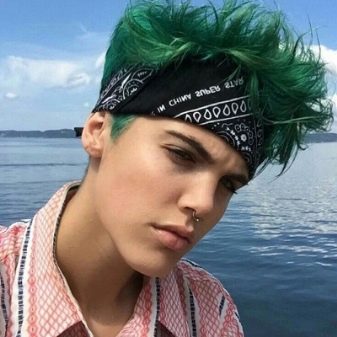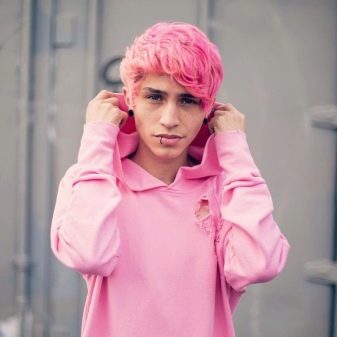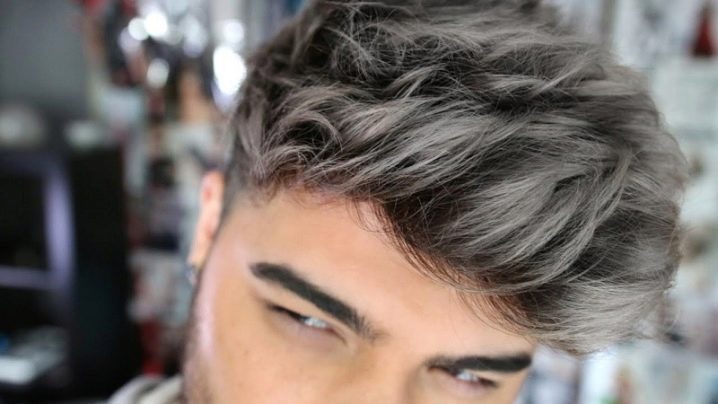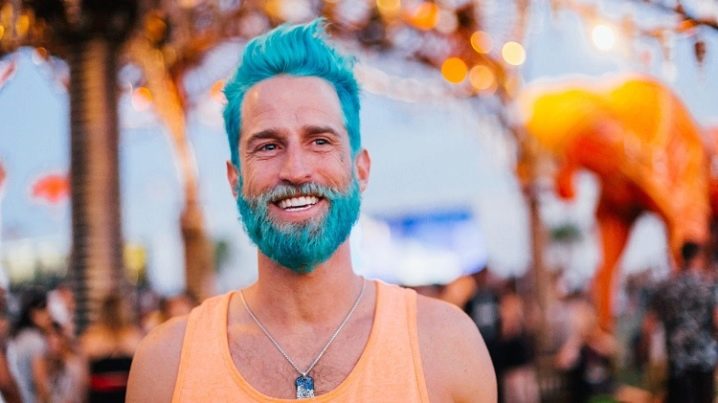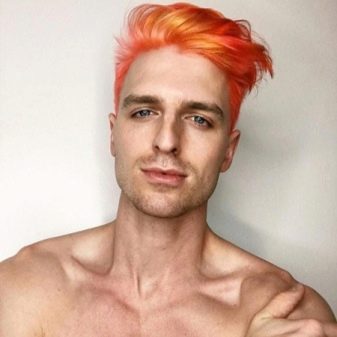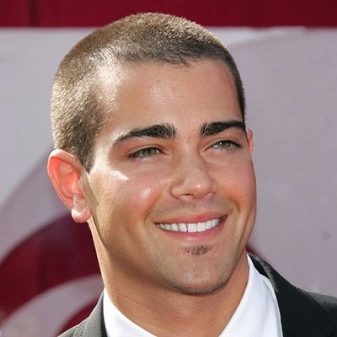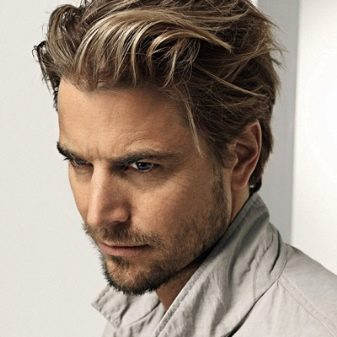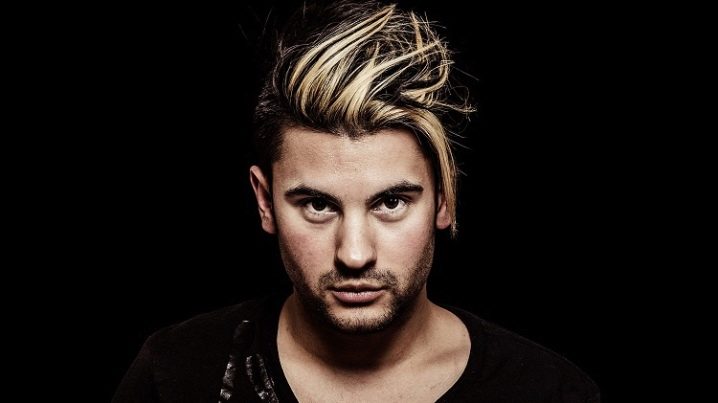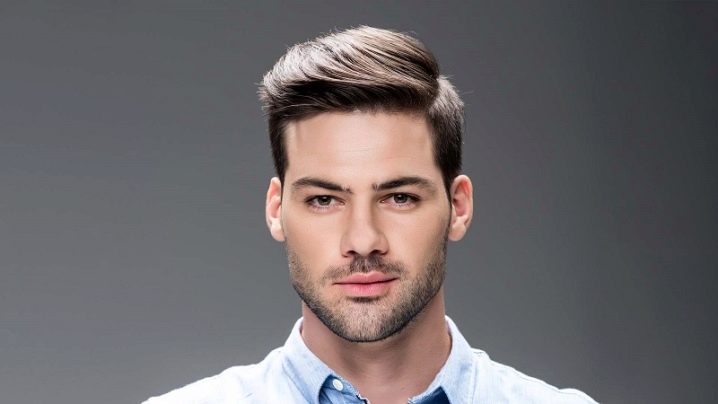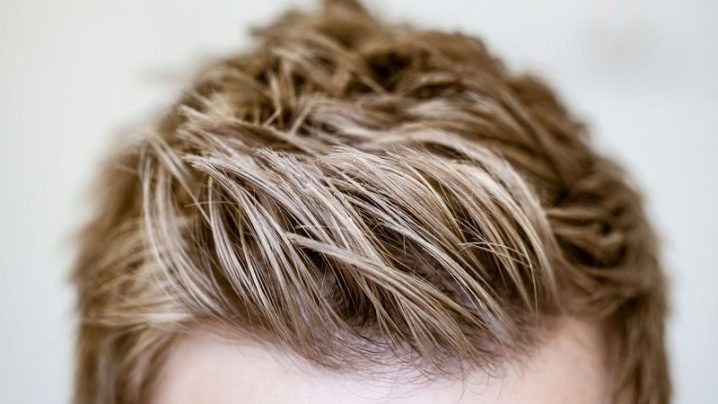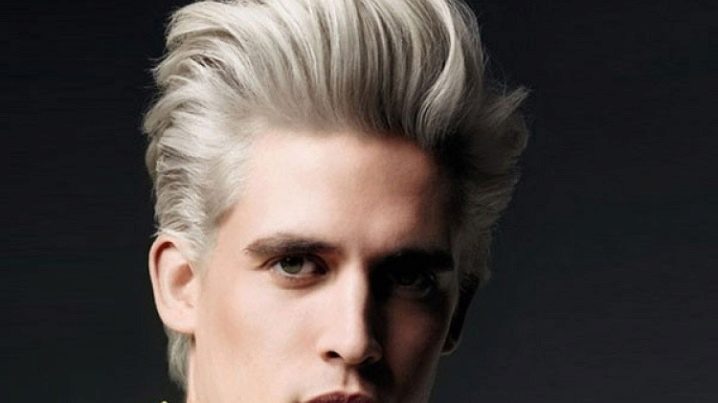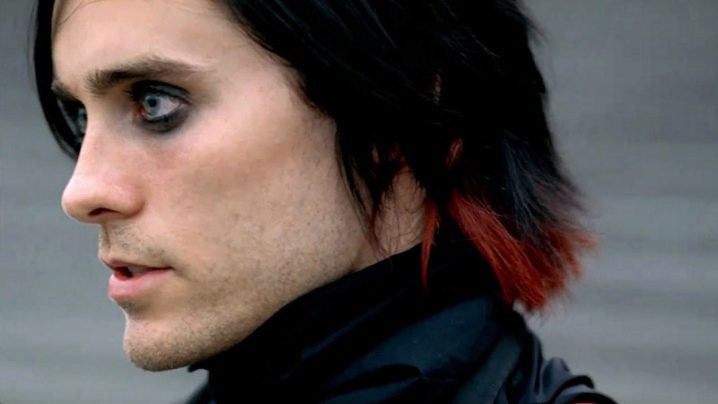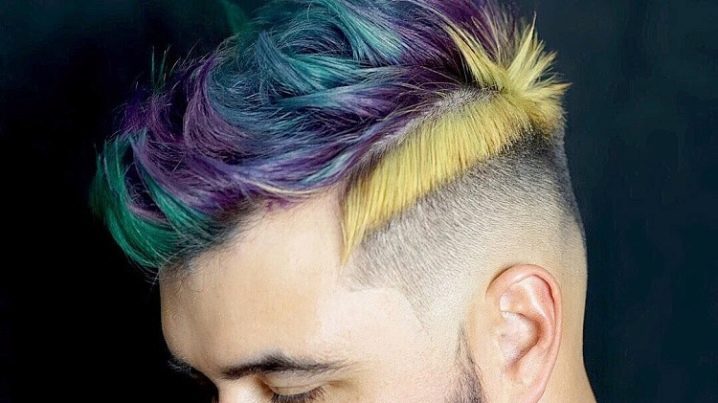Hair colors for men: types and recommendations for choosing
Bright highlighting, toning or coloring of strands is increasingly becoming relevant not only for the fair sex. Hair color in men can also be part of a fashionable look. For example, during the trend for nautical tones, “mermaids” with blue-green hair and beards appeared more and more often on the catwalks and streets of the world's largest capitals. However, it is not at all necessary to go to extremes. When deciding what color to dye men's hair, you can limit yourself to the natural range of colors.
Bright personalities can also indulge in the pleasure of emphasizing their individuality. Greens and chestnuts, brown-haired and purple shades, blues and blacks, radical platinum blond and soft wheat - all these colors are quite appropriate in male coloration. and with the right selection, they can become a real decoration of your everyday look. To understand all the intricacies of changing hair color, it is worthwhile to study in more detail the available palette of shades and the features of the procedure.
Natural shades
Men are naturally rewarded with a much less rich palette of hair colors. Let's designate the main types.
- Blond. Light shades of hair can be genetically related and may be signs of albinism. But much more often they are inherited by the northern peoples: the Scandinavians, the inhabitants of the northern part of Russia, the Germans. Natural blond is rarely cold, usually there is a yellow pigment in it, which gives the hair shades of wheat, honey, rye, and flax.
Coloring in light colors is always associated with discoloration of the strands, otherwise it will not work to get the desired color palette.
- Gray-haired. White hair can be the result of complete loss of pigment. Natural gray hair is clear and cool in color or slightly yellow. Dark-haired men, turning gray, can acquire ashy hair. Most often they are tinted with violet and blue dyes to give the image a nobility.
- Brunet. A topical option for men with a bright southern type of appearance. Black and dark brown hair is found among residents of the East, Latin America, Mexico, Arab countries, the Caucasus. Eyebrows and eyelashes in this case are also always dark.
Hair color names in this case often emphasize the subtone, for example, bluish-black, with a purple tint.
- Brown hair. This includes all chestnut tones: from light to dark, brown, close to cocoa or cinnamon. The gradation of shades can be cold, medium, warm, saturation also varies from dark blond to almost brunette. Brown-haired hair is rarely uniformly colored - there are overflows and versatility in them. This color is found in most residents of Europe, the United States, with a European type of appearance.
- Ginger. The palette of red tones is the most rare in nature. Red-haired men can have carrot-colored hair, mahogany hair, buckwheat honey. If you have plans to change the color, be sure to take into account that the red pigment is the most difficult to repaint.
All these shades of hair belong to the natural range; when dyeing, they are chosen to hide the signs of gray hair, to correct or refresh the tone of the strands. In this case, the tone of the paint should be as close to natural as possible. Then the color change will look harmonious.
Unusual tones
Colored coloring is increasingly chosen by bold young men who are not burdened with the framework of an office dress code in choosing their own style. Multicolor variants in double or triple design look interesting.Moreover, modern men are often ready to tint a beard, and the more contrasting the colors, the better. The palettes of such dyes are also called very brightly: from "siren" to "fire". The most popular tones in an unusual range include 9 options.
- Metallic. These are platinum and silver, copper and mercury shades that modern hairdressers love so much. The more brutal the image and haircut are, the more impressive the color change looks. Very light shades are difficult to achieve on dark hair.
- Green. In vogue - shades of lime peel and green lawn, as well as "mermaid" tendencies close to marsh, emerald, khaki. The brighter the palette is, the better. Young men can afford shades of light green, but it is worth considering that in combination with fair skin, they can give a sick, tired look.
- Purple and lilac. Option for brutal men. Interestingly, these colors are well accepted even in a conservative society. The ink shade can be called universal for gray hair with a graphic short hairstyle, on long hair it evokes associations with the fairy godmother from cartoons.
Delicate lilac is often combined with undercut haircuts, men's buns, bright lilac - with elongated asymmetric bangs.
- Yellow. A bright shade of egg yolk or pale lemon, mustard or gold - all these colors are chosen by owners of short haircuts. Shades of yellow go well with curly or afro hair, dark skin.
- Pink. Option for the most brutal men. Most often, dyeing is performed in a fuchsia shade or combined with other tones in a multicolored hairstyle. It looks interesting toning the ends of the strands in combination with the same border around the edge of the beard.
- Graphite. Brutal and at the same time non-standard color. Depending on the initial shade, it can turn into "pepper and salt" or "wet asphalt", but always has a characteristic silver-gray undertone.
- Blue and light blue. The most trendy colors, which are used both for highlighting individual strands and for full dyeing. They look bright and unusual, radically transform the image, fit well with gray hair. Blue dyes are not very persistent, the brightness of the color is quickly lost, but it can be very difficult to completely wash out the pigment from the hair.
- Sea wave. Blue-green hair shades are universal, they can be used for fair-haired men and typical brunettes. It is better to paint in a salon, otherwise, instead of a fashionable tone, you can get the effect of diamond green, which brings up the idea of a pharmacy. Especially good aqua shades look on asymmetric haircuts with long bangs.
- Orange. This color is rarely found in masculine coloration today in its pristine juicy orange tone. Much more often you can find a version in the spirit of "pink flamingos" with orange-crimson transitions or "sunset in the jungle" with a predominance of fiery red colors of a flaming dawn.
Don't be afraid of bright colors. Modern dyeing techniques make it easy for even conservatives to transform. Unstable dyes will help you try on a new image for a while and will allow you to get used to the idea of future changes.
How to choose a color?
Men's hair has its own characteristics. As a rule, they are much tougher and fatter due to their high hormonal levels. Hair coloring in this case is always more difficult and requires the use of special formulations. When choosing a color, men are better off relying on hair length and natural appearance.
For short haircuts with hair length up to 20 mm, choose a solid color. Any shade of a natural palette will do. With an average hair length - from 3 to 7 cm - you can afford bold experiments and bright coloring.
Often the roots remain natural, and the ends of the strands are discolored and tinted.If we are talking about an office dress code, you can simply add highlights to your hair, freshen up the color, and make light highlights.
Long men's hairstyles require a special approach when dyeing. Coarse hair is difficult to dye evenly over its entire length. In addition, any drastic color change in this case will look unnatural and will attract attention. If you want to change your image for a short time, for example during a vacation, you can do with dyeing your hair with unstable dyes with a bright range of tones. On long strands, complex coloring with a multifaceted color transition or gradual lightening from roots to ends looks good.
Painting techniques
Among the techniques popular in men's dyeing, a number of options can be noted.
- Highlighting. A universal option that allows you to dye not all hair, but only individual strands. Highlighting on the tips helps to visually rejuvenate the image, making it more fashionable. For highlighting, there is no restriction on the color of natural strands, it masks gray hair well, does not require frequent correction. Such male coloring can be performed with wide, even strands using foil or a "hat".
- Multi-colored coloring. Fashionable colored hairstyle is exactly what bright and daring personalities need. Basically, this coloring is chosen by young people who want to change their image or be in trend. It is worth considering that any bright coloring requires complete lightening and regular correction, and you will have to devote much more time to caring for your hair. This option cannot be called universal, but it definitely deserves attention.
- Balayazh. A staining technique with stretching the color and moving from one shade to another. The colored balayage looks interesting, but in the blonding version it is also quite effective. It is important that the change in shades takes place without a sharp delineation of boundaries.
- Trash. This version of the hair coloring technique for men involves the natural effect of sunburned hair or the introduction of bright color shades. The selected strands are lightened, but the paint itself is applied in a chaotic manner. Trash looks most interesting on hair longer than 10 cm. When choosing a color, you should be guided by the natural data of a man. It can be cold blond on black and dark strands and warm wheat blond on lighter hair.
- Blonding. Changing hair color to a radically light tone is one of the most fashionable trends in recent years. It is quite difficult for men with bronze and dark skin, brunettes to achieve the actual ash or platinum shade. But brown-haired and fair-haired can try on a fashionable image in combination with graphic, well-defined haircuts.
- Contrast coloring at the ends of the hair. This technique involves a radical change in tone only on a part of the strands, usually 2–5 cm from the cut. The most fashionable colors are bright and juicy reds, blues, greens. Sometimes the ends of the hair are simply lightened and then tinted with temporary dyes. Often this hairstyle is combined with shaved temples, beard and mustache.
- Multicolor. The combination of several colors at once in one hairstyle belongs to complex dyeing techniques and requires the services of professional hairdressers-colorists. The most fashionable combinations are a skunk stripe in the center of the parietal zone and the same colored stripes on the sides of the head. Along the hairline, you can form shade transitions: from platinum to fuchsia with stretching the gradient.
In addition to this list, hairdressers have in their arsenal many interesting and creative dyeing techniques that can transform the male image, make it brighter or brighter.
For information on how to dye a man's hair, see the next video.
